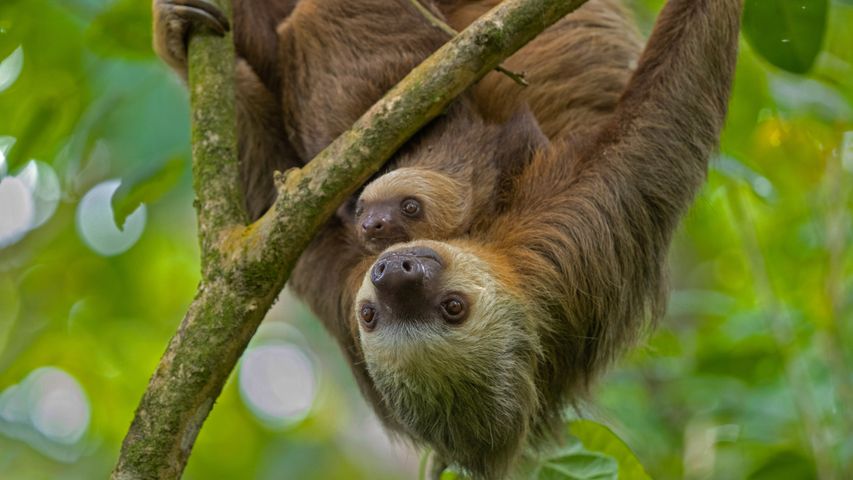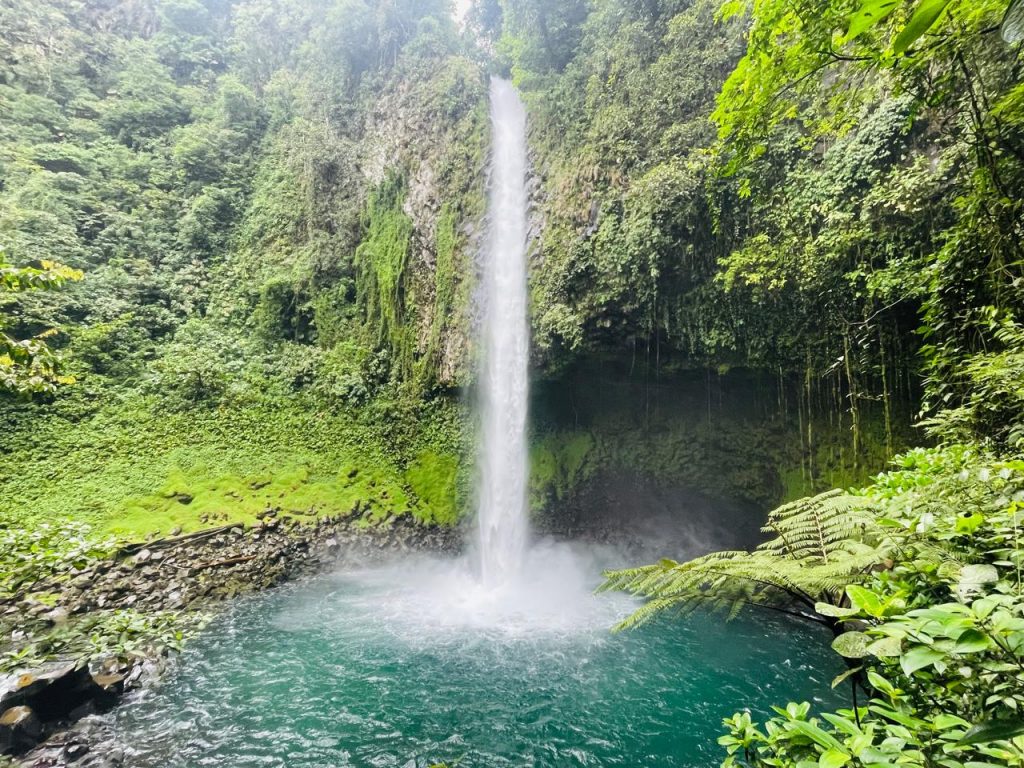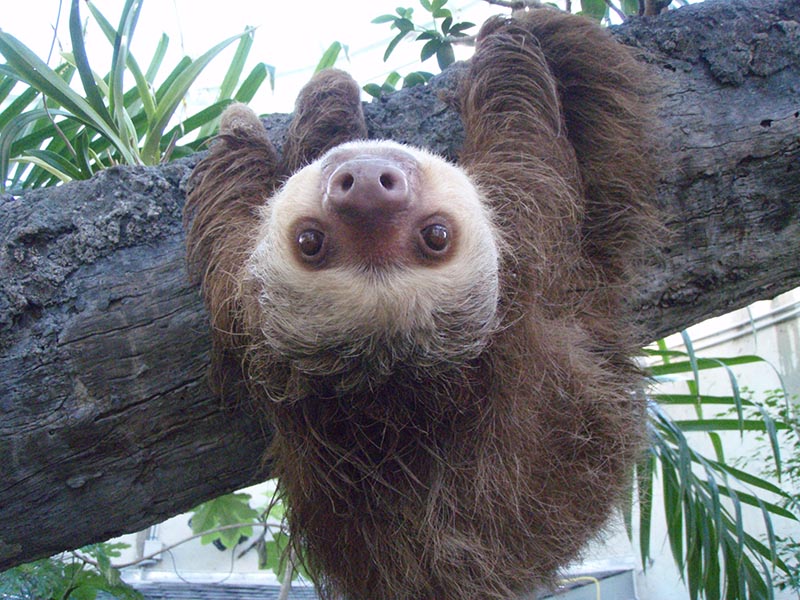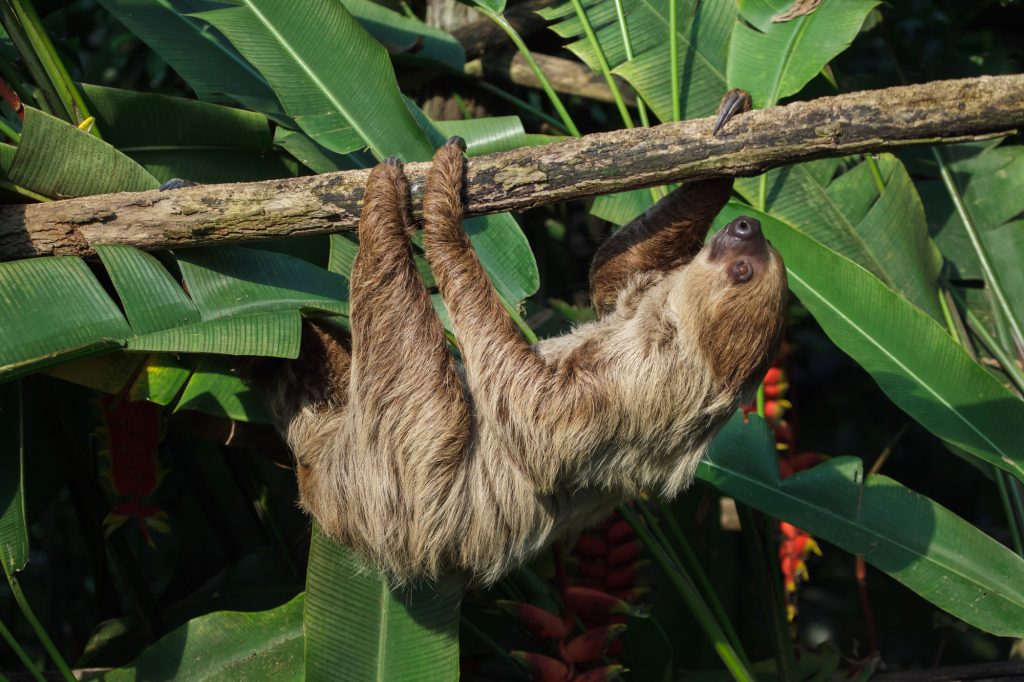Visit the Costa Rica sloth sanctuary to see the northern two-toed sloth
From beautiful mountains, amazing forest to some of the most magnificent beaches of all the world. This is Costa Rica, a country where you can truly have the perfect adventure. This is why many enterprises offer their Costa Rica adventure tour services. Getting on a tour is the best way in order to visit all of the places around Costa Rica. Another thing that Costa Rica has to offer is its amazing Costa Rica sloth sanctuary and biodiversity, the perfect place to spot the northern two-toed sloth.
The northern two-toed sloth, scientifically known as Hoffmann’s two-toed sloth (Choloepus hoffmanni), is a fascinating creature native to Costa Rica. This article explores its diet, habitat, and some intriguing facts that make it a highlight for visitors on Costa Rica tours in Guanacaste. With such tour programs you can get to visit some of the best areas that this country has to offer. There are no doubts that here, you can easily enjoy from a magnificent vacation.
The Hoffmann’s two-toed sloth embodies the tranquil essence of Costa Rica’s wildlife, making it a must-see for eco-tourists. Engaging in guided tours not only increases the chances of spotting these remarkable creatures. But also supports conservation efforts in their natural habitats. For those planning a visit, exploring the national parks and reserves of Guanacaste. Which will undoubtedly enhance the experience of encountering these unique mammals in the wild.

Costa Rica is renowned for its rich biodiversity and stunning landscapes, making it a prime destination for wildlife enthusiasts. Among the fascinating creatures that roam its lush jungles, the northern two-toed sloth holds a special place. If you’re planning to embark on Costa Rica tours in Guanacaste, you’re in for a treat as you may encounter this charming creature in its natural habitat.
What is the Costa Rica sloth Sanctuary?
The Sloth Sanctuary of Costa Rica, located on the Caribbean coast near Limón, is a pioneering facility dedicated to the rescue and rehabilitation of sloths. Established in 1992, the sanctuary began when they took in an orphaned baby sloth named Buttercup, which marked the start of a mission focused on sloth welfare and conservation.
The sanctuary spans 320 acres of lush rainforest and serves as a refuge for sloths that have been injured, orphaned, or abandoned. Due to human activities such as deforestation, car accidents, and dog attacks. The sanctuary is now the primary destination for locals who find distressed sloths. And it has gained a reputation for its commitment to animal care and education. Over the years, the sanctuary has successfully rehabilitated and reintroduced approximately 120 sloths back into the wild.


Where to find the Northern two-toed sloth in Costa Rica besides the sloth sanctuary?
For those seeking to spot the elusive northern two-toed sloth in Costa Rica, the province of Guanacaste is an excellent starting point. This region boasts a variety of lush national parks and reserves, such as Rincon de la Vieja National Park and Palo Verde National Park, where sloths can often be seen hanging lazily from trees or slowly traversing the canopy.
Participating in tours in Costa Rica Guanacaste can greatly enhance your chances of spotting these fascinating creatures. Guided wildlife tours often lead visitors through the rich ecosystems of the region, providing expert insights and increasing the likelihood of sloth sightings. Local tour guides are well-versed in sloth behavior and habitat preferences, ensuring a rewarding experience as you search for these adorable animals.
In Costa Rica, Hoffmann’s two-toed sloth can be found in various habitats, particularly in the lush rainforests and cloud forests. They are most commonly spotted in national parks and reserves, including:
- Manuel Antonio National Park: Known for its rich biodiversity. This park offers excellent opportunities for wildlife viewing, including sloths.
- Corcovado National Park: Located on the Osa Peninsula, this park is home to a wide variety of wildlife. Including both two-toed and three-toed sloths.
- Tortuguero National Park: This area is famous for its canals and rich wildlife. Providing a unique environment for spotting sloths.
- La Fortuna: Near the Arenal Volcano, this region has numerous trails and wildlife tours that may lead to sloth sightings.

Without any doubts, with Costa Rica tours in Guanacaste programs you can easily get to these locations. And, here you will be fully able to take a sight at the amazing northern two-toed sloth species.
What to they eat?
The northern two-toed sloth is a herbivorous mammal that primarily feeds on a diet of leaves, fruits, and nuts. Thanks to its slow metabolism, this sloth has adapted to thrive on a diet. That is mostly low in calories and high in fibrous plant matter. They particularly favor the leaves of trees such as cecropia, guava, and hibiscus. As well as fruits they encounter in the canopy. Interestingly, their digestive process can take several days. Allowing them to extract maximum nutrients from their food, making them true masters of adaptation.
To cope with this low-energy diet, sloths have a remarkably slow metabolism, which allows them to conserve energy. They typically consume a small amount of food daily, and their feeding habits are influenced by the availability of foliage in their environment

Interesting facts
The northern two-toed sloth is just one of the many incredible species you can encounter in Costa Rica, particularly when exploring the beautiful landscapes of Guanacaste. By joining Costa Rica tours in Guanacaste or participating in tours in Costa Rica Guanacaste, you’ll have the unique opportunity to observe these fascinating creatures in their natural habitat. Some other interesting facts about the sloths, are:
- Nocturnal Behavior: Hoffmann’s two-toed sloth is primarily nocturnal, making it more challenging to spot during the day.
- Unique Adaptations: Unlike their three-toed counterparts, two-toed sloths have two claws on their front limbs and three on their hind limbs.
- Slow Movement: Their slow movements are a survival strategy, helping them avoid detection by predators.
- Swimming Skills: Surprisingly, sloths are excellent swimmers. They can hold their breath for up to 40 minutes.

